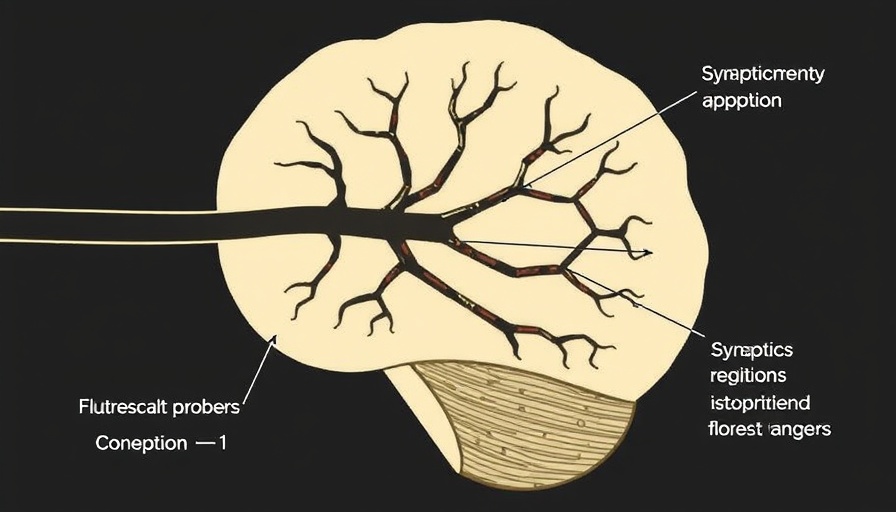
Revolutionizing Remote Healthcare: The Power of Multimodal AI
In recent years, the field of healthcare has witnessed a rapid transformation, largely driven by advancements in technology. Among these advancements, multimodal artificial intelligence (AI) is poised to revolutionize remote diagnostics and the operation of virtual hospitals. As a concierge health practitioner, embracing these technologies may initially seem overwhelming, especially if you’re not well-versed in the tech side of your practice. But understanding how multimodal AI can integrate various data sources to enhance patient care is crucial for staying competitive in an increasingly tech-driven environment.
What is Multimodal AI?
Multimodal AI refers to the capability of AI systems to process and analyze multiple types of data — from images and text to audio and other sensory information. This sophisticated integration enables healthcare professionals to make more informed decisions by providing a comprehensive view of a patient's health status. For example, by combining data from electronic health records (EHR), imaging studies, and even patient-reported outcomes, practitioners can deliver more accurate diagnoses and personalized care strategies.
The Impact on Remote Diagnostics
With the advent of telemedicine, remote diagnostics have become a staple in healthcare delivery. Multimodal AI enhances this experience by allowing practitioners to analyze data from various sources in real time. Imagine a scenario where a patient experiences chest pain. By using imaging analysis via AI, combined with symptom questionnaires completed online, you could quickly assess risk factors and provide immediate, tailored recommendations.
Creating Virtual Hospitals: A New Paradigm in Healthcare
The concept of virtual hospitals is gaining traction, driven by the need for accessible healthcare. Multimodal AI is essential in creating these virtual environments where patients receive care without needing a physical hospital visit. Leveraging AI tools, practitioners can monitor patients’ health remotely, adjusting treatment plans based on the ongoing assessment of data collected from wearables and remote monitoring devices.
Future Predictions: The Evolving Role of Technology
As telehealth continues to evolve, the role of multimodal AI will only grow in significance. Predictions suggest that within the next few years, the integration of AI will simplify many administrative tasks, allowing you to devote more time to patient care rather than paperwork. Innovations such as predictive analytics will also aid in risk assessment, enabling you to identify patients who may need early intervention.
The Value of Understanding Multimodal AI
As a concierge health practitioner, adapting to these technologies is not just about keeping up but also about harnessing advantages that can enhance the patient experience. By employing multimodal AI, you can improve diagnostics and create tailored treatment plans that resonate with the specific needs of your patients. This personalized approach fosters stronger relationships and boosts patient satisfaction, which is paramount in today’s healthcare landscape.
Overcoming Implementation Challenges
Although the benefits of incorporating multimodal AI into your practice are clear, the technology's implementation can seem daunting. To ease this process, consider collaborating with IT consultants who specialize in healthcare technology. Their expertise can provide insights on selecting the right tools and platforms that align with your practice's needs while allowing you to focus on patient care.
Conclusion: Taking Action
The future of healthcare lies in leveraging technologies like multimodal AI to improve remote diagnostics and the management of virtual hospitals. As you look to grow your practice and secure your standing in your community, understanding and implementing these advancements will not only enhance patient care but also streamline your practice’s operations. Dive into this technological evolution and consider the potential it holds for your patient relationships. By embracing these tools, you're not just keeping pace with innovation—you're leading the way in delivering exceptional healthcare.
 Add Row
Add Row  Add
Add 






Write A Comment